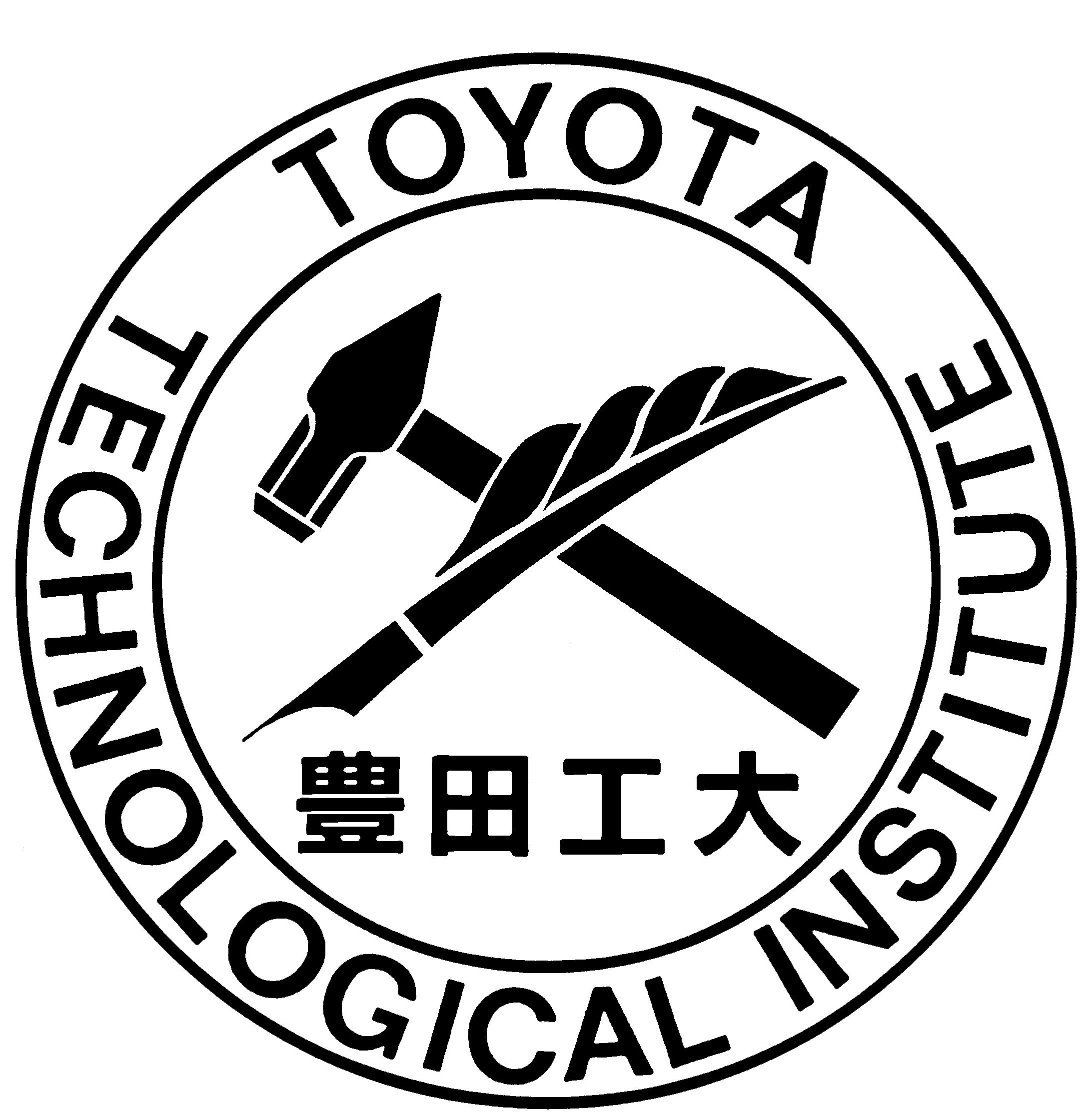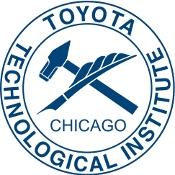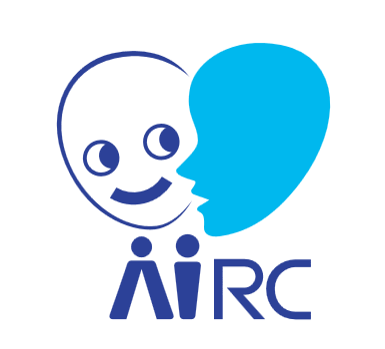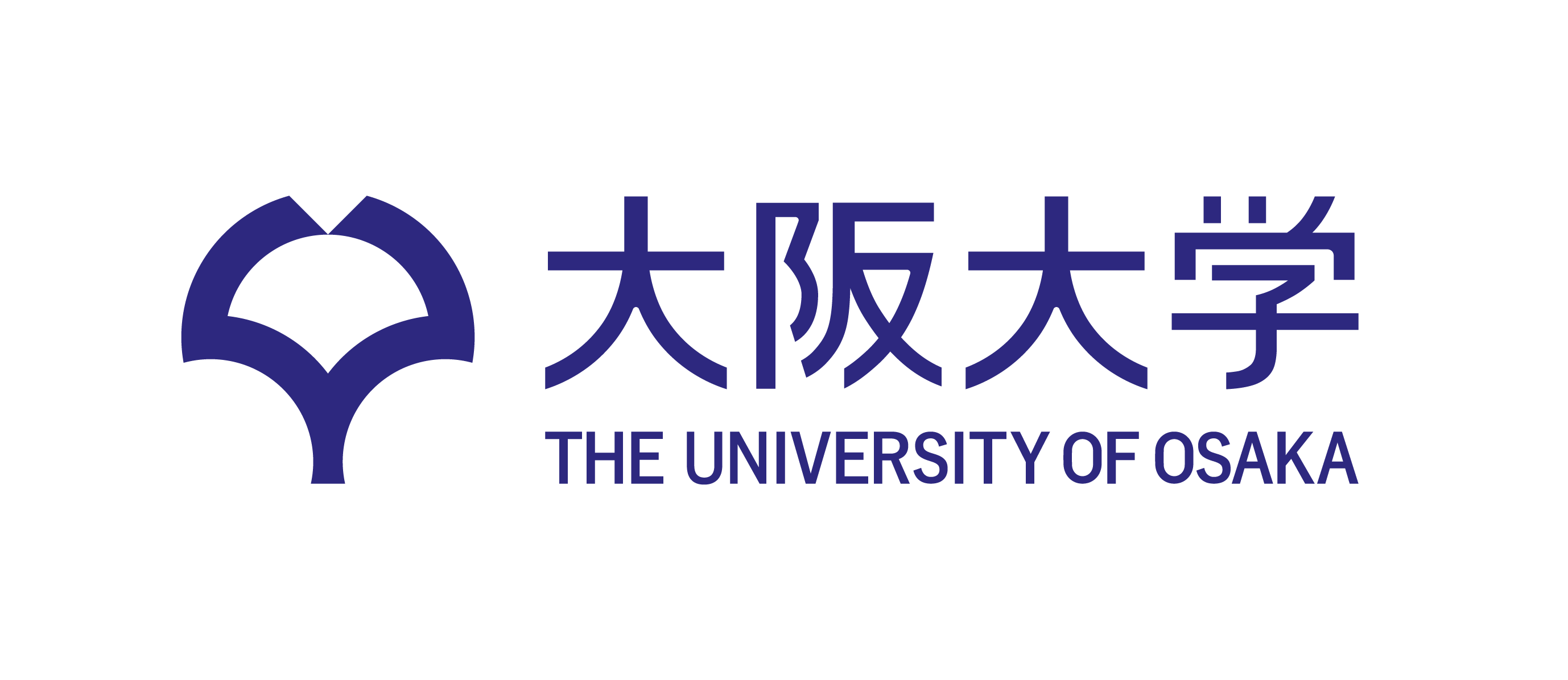| Home |
| Invited Speakers |
| Submissions |
| Program |
| Venue |
| Registration |
| Contact / Privacy Policy |
| Supported by |


|

|

 |
| October 29 (Wednesday) | |||
| 13:00- 13:10 | Opening | ||
| 13:10- 14:00 | Keynote Talk I | Yun-Nung (Vivian) Chen | Strategizing Conversations: Reasoning for Personalized AI Agents |
| 14:00- 14:50 | Keynote talk II | Katsushi Ikeuchi | Learning-from-Observation2.0 |
| 14:50- 15:50 | Poster Session | ||
| 15:50- 16:20 | Coffee Break | ||
| 16:20- 16:45 | Invited Talk Ⅰ | Gou Koutaki | Ensemble System Using Semi-Automatic Instrument-Playing Robots |
| 16:45- 17:10 | Invited Talk Ⅱ | Sho Sonoda | Conjecturing-Proving Loop: Discovering New Theorems via LLMs with In-Context Proof Learning in Lean |
| 17:10- 17:35 | Invited Talk Ⅲ | Yusuke Matsui | Where Learned Data Structures Meet Computer Vision |
| 17:50- 19:50 | Banquet | @Nakanoshima Center | |
| October 30 (Thursday) | |||
| 10:00- 10:50 | Keynote Talk Ⅲ | David Chiang (online) | What Transformers Can and Can't Do: A Logical Approach |
| 10:50- 11:00 | Break | ||
| 11:00- 11:25 | Invited Talk Ⅳ | Mayumi Bono | Improvisational Signing: How Deaf People Orient to and Engage with Symbolic Resources |
| 11:25- 11:50 | Invited Talk V | Takashi Matsubara | How First-order Logic Helps Diffusion-based Image Generation |
| 11:50- 13:20 | Lunch Break |
- Lunch map (little bit out-dated) - Around Fukushima station (Google Maps) - Around Nakanoshima (Google Maps) |
|
| 13:20- 13:45 | Invited Talk Ⅵ | Shuhei Kurita | Real-world foundation models: from Text toward Egocentric-vision, 3D and Robotics |
| 13:45- 14:10 | Invited Talk Ⅶ | Shinnosuke Takamichi | How Do Audio Foundation Models Understand Sound? |
| 14:10- 14:35 | Invited Talk Ⅷ | Tatsuya Yokota | Tensor Network Decompositions and Their Applications in Machine Learning |
| 14:35- 15:00 | Coffee Break | ||
| 15:00- 15:50 | Keynote Talk Ⅳ | Kyle Richardson | Understanding the Logic of Generative AI through Logic and Programming |
| 15:50- 16:00 | Break | ||
| 16:00- 16:25 | Invited Talk Ⅸ | Naoto Yokoya | Open and Equitable AI for Earth Observation |
| 16:25- 17:15 | Keynote Talk Ⅴ | Matt Walter | From Representations to Policies: Neural-Symbolic Robot Learning from Demonstrations |
| 17:15- 17:25 | Closing |
Poster Session
(P01) UCB-Guided Diffusion with Self-Prediction Training for Text Generation
(P02) Regularizing Supervised Discriminative Learning with Diffusion Models
(P03) FreeEyeglass: Training-free and Mask-free Eyeglass Transfer for Facial Videos
(P04) MedAgents: A Coordinated Multi-Agent Framework for Benchmarking and Generating Radiology Reports
(P05) Linking Pronouns in Dialogue with Whiteboard Symbols: Towards Confusion Detection in Math Collaboration
(P06) Beyond Categories: Learning Continuous Phonological Embeddings for Japanese Sign Language via PU-AUC Optimization
(P07) Factorizing Relational Data by Many-Body Approximation for Tensors
(P08) Robust Gait Recognition in Unseen Environments through Diffusion-Model-Based Data Augmentation
(P09) Toward Quantifying Continuous Lexical Semantic Shifts
(P10) Spectral Sensitivity Estimation with an Uncalibrated Diffraction Grating
(P11) Generating Open-Domain Live Commentary with Large Vision-Language Models
(P12) Learning Group Activity Features Through Person Attribute Prediction
(P13) How Telops Influence Video LLMs
(P14) Age Prediction of Komatsuna using Hu Moments with Neural Networks for Small Datasets
(P15) Modeling Turn-Taking Speed and Speaker Characteristics
(P16) Measure Twice, Cut Once: A Semantic-Oriented Approach to Video Temporal Localization with Video LLMs
(P17) Integrating LLMs and Supervised Models for Comprehensive Property Extraction from Materials Science Text and Tables
(P18) A Foundation Model for Learning Propositional Logic Programs
(P19) Data Leakage in Visual Datasets
(P20) Processing and acquisition traces in visual encoders: What does CLIP know about your camera?
(P21) Multilingual Evaluation of Large Language Models on the Wordle Word Guessing Game
(P22) Sketch2Diagram: Generating Vector Diagrams from Hand-Drawn Sketches
(P23) Rethinking Psychometric Evaluation for LLMs
(P24) Taming the Untamed: Graph-Based Knowledge Retrieval and Reasoning for MLLMs to Conquer the Unknown
(P25) EMMA: Concept Erasure Benchmark with Comprehensive Semantic Metrics and Diverse Categories
(P26) Revealing the Impacts of In-Context Learning on Gender Bias in Large Vision-Language Models
(P27) NeuraLeaf: Neural Parametric Leaf Models with Shape and Deformation Disentanglement
(P28) Hierarchical Group-aware Token Merging for Efficient Trajectory Prediction
(P29) CALICO: Confident Active Learning with Integrated Calibrationn